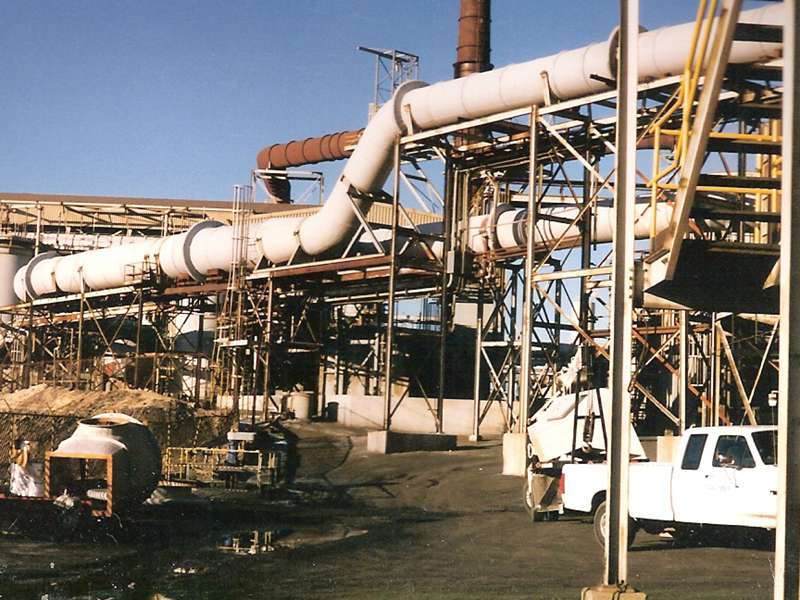
-
 Afrikaans
Afrikaans -
 Albanian
Albanian -
 Amharic
Amharic -
 Arabic
Arabic -
 Armenian
Armenian -
 Azerbaijani
Azerbaijani -
 Basque
Basque -
 Belarusian
Belarusian -
 Bengali
Bengali -
 Bosnian
Bosnian -
 Bulgarian
Bulgarian -
 Catalan
Catalan -
 Cebuano
Cebuano -
 China
China -
 China (Taiwan)
China (Taiwan) -
 Corsican
Corsican -
 Croatian
Croatian -
 Czech
Czech -
 Danish
Danish -
 Dutch
Dutch -
 English
English -
 Esperanto
Esperanto -
 Estonian
Estonian -
 Finnish
Finnish -
 French
French -
 Frisian
Frisian -
 Galician
Galician -
 Georgian
Georgian -
 German
German -
 Greek
Greek -
 Gujarati
Gujarati -
 Haitian Creole
Haitian Creole -
 hausa
hausa -
 hawaiian
hawaiian -
 Hebrew
Hebrew -
 Hindi
Hindi -
 Miao
Miao -
 Hungarian
Hungarian -
 Icelandic
Icelandic -
 igbo
igbo -
 Indonesian
Indonesian -
 irish
irish -
 Italian
Italian -
 Japanese
Japanese -
 Javanese
Javanese -
 Kannada
Kannada -
 kazakh
kazakh -
 Khmer
Khmer -
 Rwandese
Rwandese -
 Korean
Korean -
 Kurdish
Kurdish -
 Kyrgyz
Kyrgyz -
 Lao
Lao -
 Latin
Latin -
 Latvian
Latvian -
 Lithuanian
Lithuanian -
 Luxembourgish
Luxembourgish -
 Macedonian
Macedonian -
 Malgashi
Malgashi -
 Malay
Malay -
 Malayalam
Malayalam -
 Maltese
Maltese -
 Maori
Maori -
 Marathi
Marathi -
 Mongolian
Mongolian -
 Myanmar
Myanmar -
 Nepali
Nepali -
 Norwegian
Norwegian -
 Norwegian
Norwegian -
 Occitan
Occitan -
 Pashto
Pashto -
 Persian
Persian -
 Polish
Polish -
 Portuguese
Portuguese -
 Punjabi
Punjabi -
 Romanian
Romanian -
 Russian
Russian -
 Samoan
Samoan -
 Scottish Gaelic
Scottish Gaelic -
 Serbian
Serbian -
 Sesotho
Sesotho -
 Shona
Shona -
 Sindhi
Sindhi -
 Sinhala
Sinhala -
 Slovak
Slovak -
 Slovenian
Slovenian -
 Somali
Somali -
 Spanish
Spanish -
 Sundanese
Sundanese -
 Swahili
Swahili -
 Swedish
Swedish -
 Tagalog
Tagalog -
 Tajik
Tajik -
 Tamil
Tamil -
 Tatar
Tatar -
 Telugu
Telugu -
 Thai
Thai -
 Turkish
Turkish -
 Turkmen
Turkmen -
 Ukrainian
Ukrainian -
 Urdu
Urdu -
 Uighur
Uighur -
 Uzbek
Uzbek -
 Vietnamese
Vietnamese -
 Welsh
Welsh -
 Bantu
Bantu -
 Yiddish
Yiddish -
 Yoruba
Yoruba -
 Zulu
Zulu
Corrosion Resistance of Fiberglass Ducts for Enhanced Durability and Performance
Corrosion Resistance of Fiberglass Ducts An Overview
Fiberglass ducts have gained significant popularity in various industrial applications due to their lightweight, durability, and resistance to corrosion. Corrosion is a major concern in many industrial environments, especially those dealing with chemicals, moisture, and extreme temperatures. Traditional materials like metal, while strong, often succumb to rust and degradation over time, leading to costly repairs and replacements. Fiberglass, on the other hand, offers a robust solution that addresses these issues effectively.
The Properties of Fiberglass
Fiberglass, composed of plastic reinforced by fine glass fibers, provides a unique combination of strength and flexibility. Its non-metallic nature helps it to resist corrosive agents, making it an ideal choice for ductwork in environments prone to chemical exposure. This material can withstand high temperatures and varying environmental conditions without compromising its structural integrity.
Corrosion Resistance
One of the standout features of fiberglass ducting is its intrinsic corrosion resistance. Unlike metals that can corrode and rust when exposed to moisture and chemicals, fiberglass is inert and does not react with most substances it encounters. This property makes fiberglass ducts suitable for industries including chemical processing, food and beverage production, wastewater treatment, and marine applications.
The resistance to corrosion also means that fiberglass ducts maintain their efficiency over time. Traditional metal ducts can suffer from scale build-up and corrosion, which reduces airflow efficiency and increases energy costs. In contrast, fiberglass ducts maintain smooth internal surfaces that enhance airflow and reduce energy consumption.
Applications in Corrosive Environments
Fiberglass ducts are commonly utilized in environments with high humidity or exposure to corrosive chemicals. For instance, in chemical plants where volatile substances are processed, fiberglass provides a safe and reliable ducting solution. Additionally, in the food and beverage industry, where sanitation and resistance to moisture are critical, fiberglass ducts prevent contamination while ensuring optimal performance.
fiberglass duct corrosion resistance

Moreover, in marine applications, where saltwater and corrosive sea air can wreak havoc on traditional materials, fiberglass stands resilient. The marine environment poses unique challenges, but fiberglass ducts are perfectly suited to withstand these conditions without deteriorating.
Longevity and Cost-Effectiveness
The long lifespan of fiberglass ducts is a significant advantage. While the initial investment may be higher than that of traditional duct materials, the durability and low maintenance requirements result in a lower total cost of ownership over time. Industries benefit from reduced downtime, as fiberglass does not require frequent replacements like metal ducts, which may need periodic servicing or replacement due to rust and corrosion.
In addition, the lightweight nature of fiberglass makes it easier to handle and install. This aspect also leads to lower labor costs during installation and maintenance. The ease of installation and reduced need for repairs translate into significant savings for businesses in the long run.
Environmental Considerations
In today's eco-conscious world, the benefits of fiberglass extend beyond practical applications. Fiberglass is often made from recyclable materials and can be recycled at the end of its life cycle. While not biodegradable, the option for recycling provides an environmentally friendly solution that aligns with sustainable practices in various industries.
Conclusion
In summary, fiberglass ducts provide a remarkable solution to the challenges posed by corrosion in industrial environments. With their superior corrosion resistance, lightweight nature, low maintenance requirements, and long lifespan, fiberglass ducts have established themselves as a reliable and cost-effective choice for various applications. As industries continue to seek materials that enhance efficiency and reduce operational costs, the adoption of fiberglass ducting systems is likely to increase, redefining standards for ductwork in corrosive environments.









